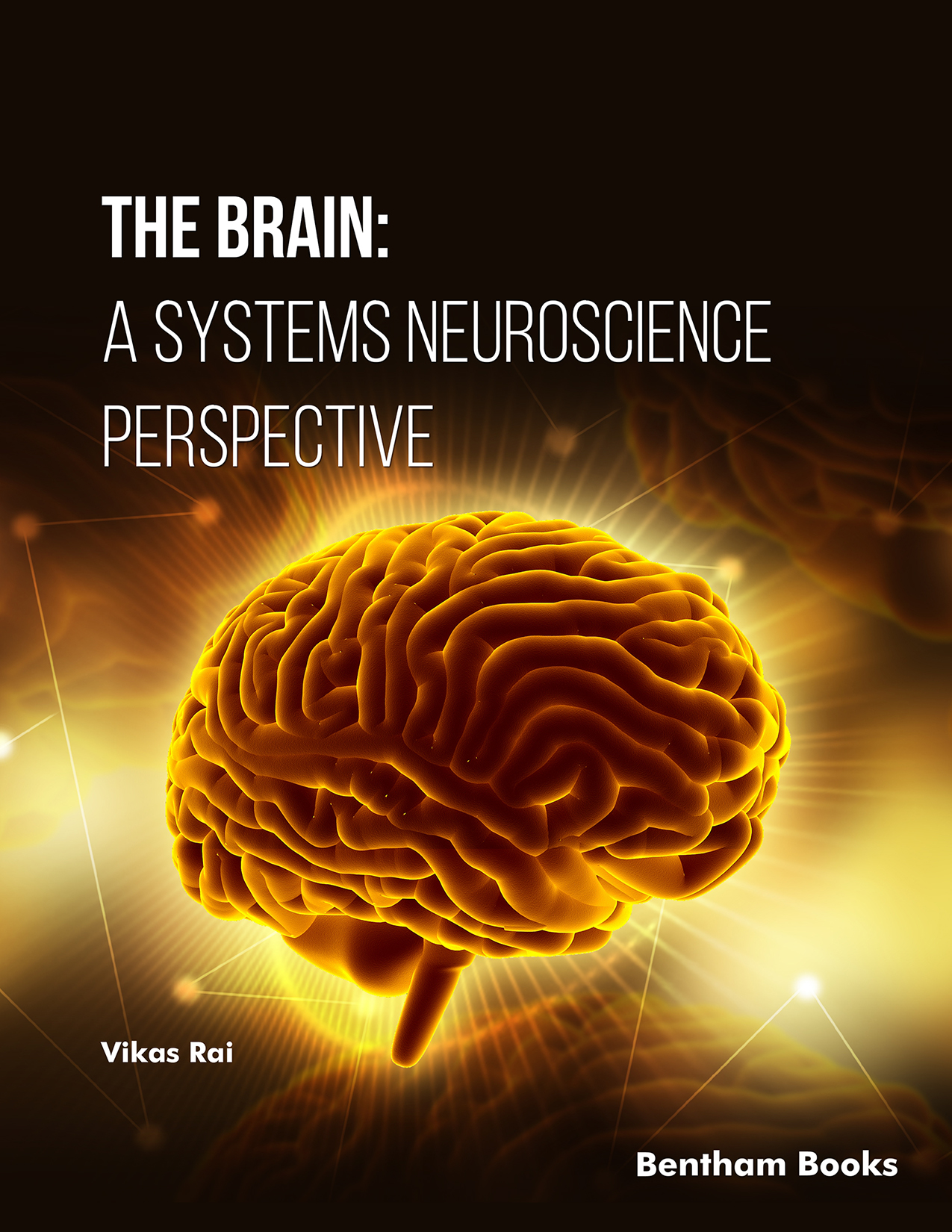Introduction
The Brain: A Systems Neuroscience Perspective is a comprehensive textbook designed for undergraduate students in neuroscience. It offers a detailed exploration of brain dynamics, spatial navigation, and the neuroscience of Alzheimer's disease, with an emphasis on understanding complex concepts through simplified mathematical models. The objective is to provide a solid foundation for readers in systems neuroscience.
Key Topics
- - Fundamental Brain Dynamics: Covers the basics of brain organization, neural systems, and the role of differential equations in neuroscience (Chapters 1-3).
- - Spatial Navigation: Discusses the neural mechanisms underlying spatial navigation and the geometry of neural maps (Chapter 4).
- - Alzheimer’s Disease: Presents a simplified mathematical theory of Alzheimer’s dementia, exploring its onset, progression, and potential interventions (Chapter 5).
Key Features
- - Accessible Approach: Minimizes mathematical complexity to make the subject approachable for readers with a basic understanding of differential equations.
- - Standalone Resource: Provides all essential knowledge on brain function, making it a valuable tool for both coursework and self-study. Includes references for advanced readers.
Readership
Undergraduate neuroscience students and researchers who require a foundation in systems neuroscience.

